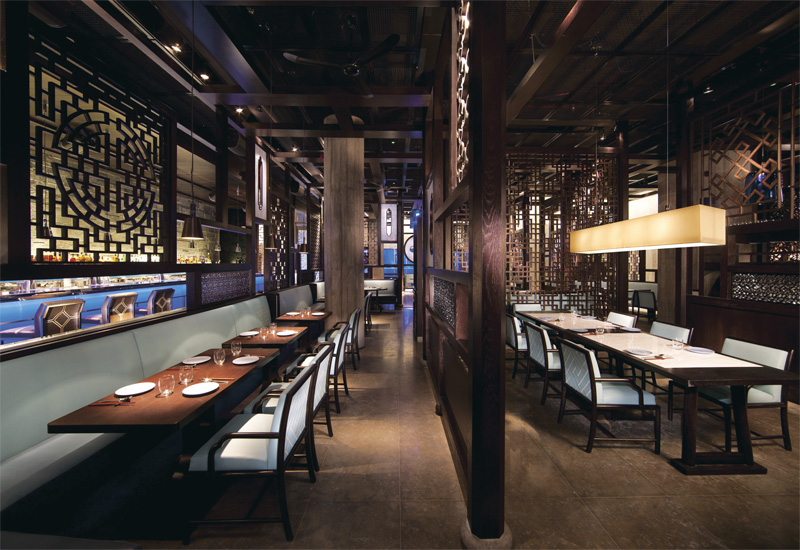But this isn’t necessarily the case where ingredients are concerned. As mentioned earlier, suppliers in this region for Chinese produce are fairly strong. Moreover, says Chee, it is important to think about availability and consistency.
“We try to stick to some local produce due to freshness and control over stocks. The few things we do order have maintained their price levels and any increase is negligible.”
Of course there are ancient Chinese delicacies including dog meat which for obvious reasons are not served in the Middle East. And naturally, palates in the Middle East vary widely from those in China.

| Advertisement |
Chee says Chinese food is “an acquired taste”, and as a result many Chinese restaurants adapt their offering to suit local tastes, but he adds, when people are looking for Chinese, they still want a hearty meal.
“We have none of that fine dining stuff where the plate is bigger than the two skimpy slivers of roasted duck. Come by and you will enjoy good quantities of China’s finest dishes in a friendly but chic ancient Chinese setting.”
What makes the setting as well as the décor and the authenticity of the food is the delivery. But it’s not necessary to boast a full team of Chinese chefs for this.
While Ritz-Carlton Riyadh’s Chinese outlet has three Chinese chefs, Long Yin carries two, including Chee out of the 11-strong team. “Diversity is important in any team, it allows for more ideas to get tossed around, especially when you have to feed Dubai’s extremely diverse customer base,” says Chee.
But Hakkasan Dubai boasts 50 chefs ranging from Chinese and Malaysian origin. Henk Bruggeman, director operations, Middle East and China, says it is important to have native chefs for the “authenticity and consistency of the cusiine.”
But the future of Chinese cuisine in the region looks set to continue to grow, whether restaurants offer Chinese cuisine in its true form, or regional variations. Of course, also in this category comes offerings from neighbouring countries including Korean and Taiwanese. Hakkasan offers a regional variation – Cantonese.
Bruggeman adds that there is no reason authenticity cannot be maintained even when offering a local adaptation.
Our chefs always try to evolve and create dishes to include local ingredients like Sultan Ibrahim fish for example. However the flavours of the dishes would still be authentic Cantonese."
One thing that is certain is that hotels will introduce more Chinese F&B offerings.
“The way things are progressing right now, it will come as no surprise to find even more Chinese restaurants or Chinese inspired cuisine popping up on the streets or in five star hotels,” says Chee.
Khoo agrees but believes that the offering must always stay true to its roots in order to be successful.
“It will grow and succeed if kept authentic as true Chinese cuisine. This, in hotels has been sadly lacking for too long in this region,” concludes Khoo.
Five Biggest Trends in Chinese Cuisine
1. Take away and fast food style
2. Gourmet dried mushroom
3. Dried fish varieties as seasoning
4. Abalone
5. Fresh baby cabbage









 Search our database of more than 2,700 industry companies
Search our database of more than 2,700 industry companies









